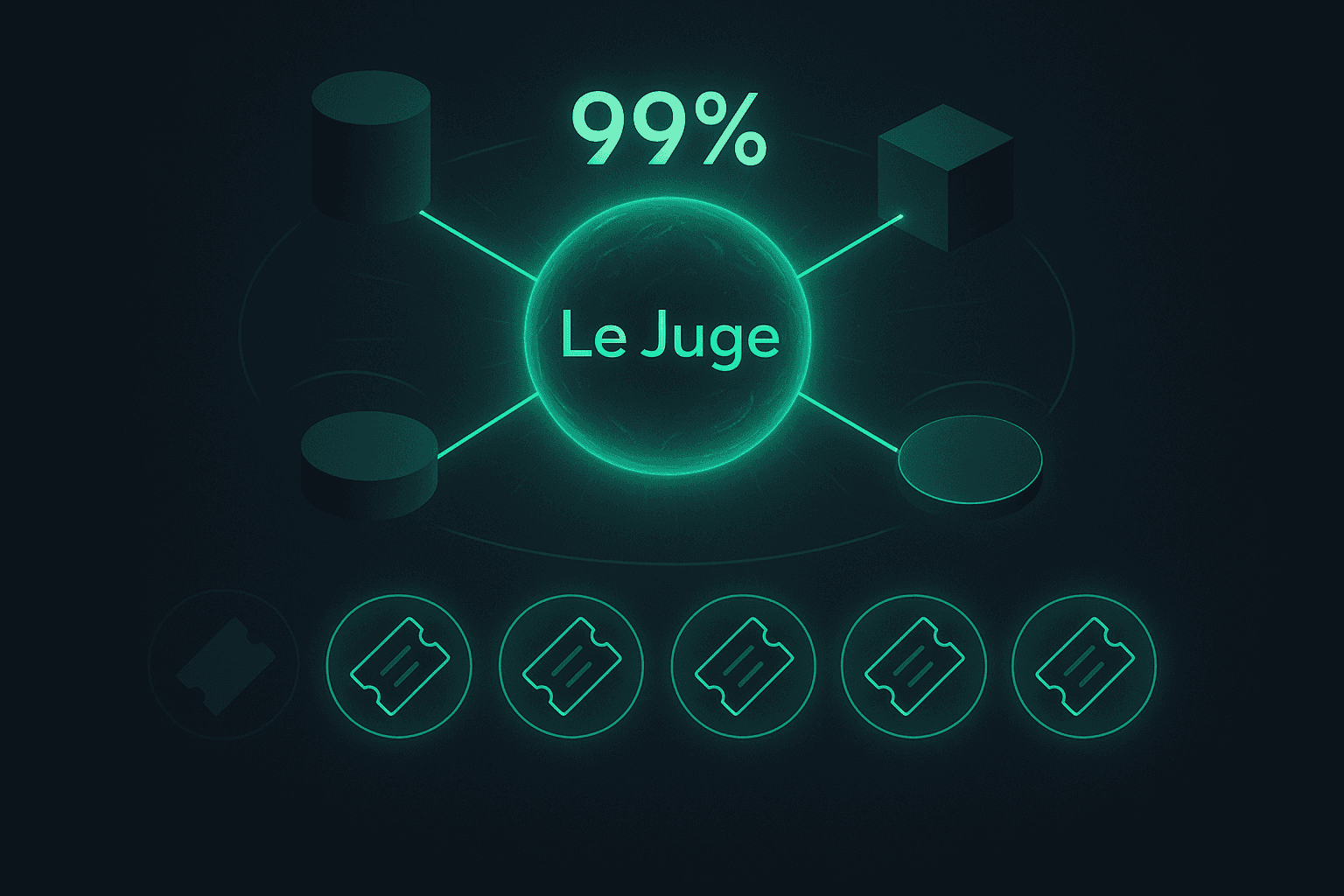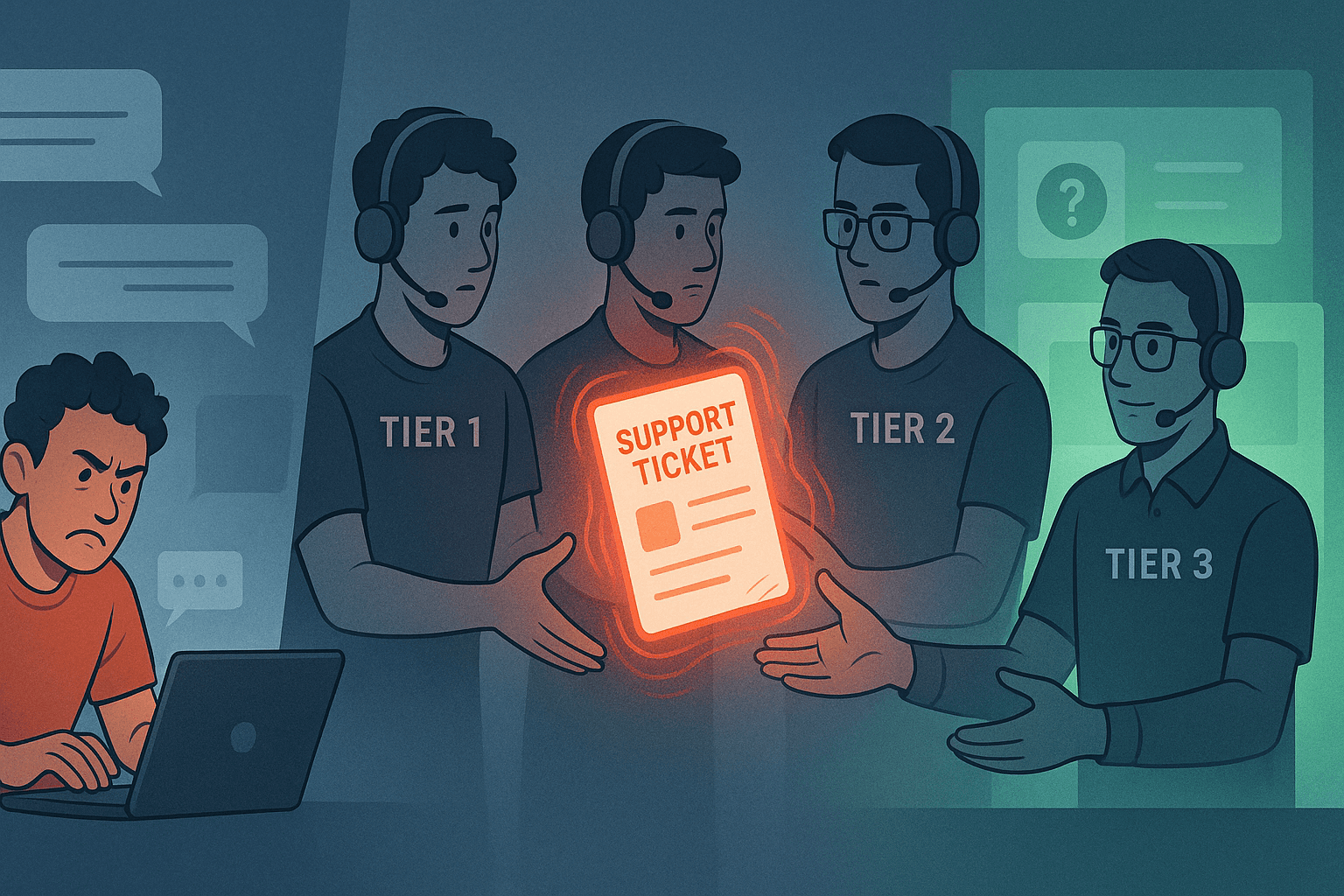News
How We Pivoted Using the YC Playbook
Here is how we tried to apply the Y Combinator Playbook to this pivot, our learnings, and what we want to achieve.
Content
May 14, 2025


On February 14th, 2025, we made the decision to pivot. Yes, you heard it right, we pivoted because we wanted to make something people love — Y Combinator!
Here is how we tried to apply the Y Combinator Playbook to this pivot, our learnings, and what we want to achieve.
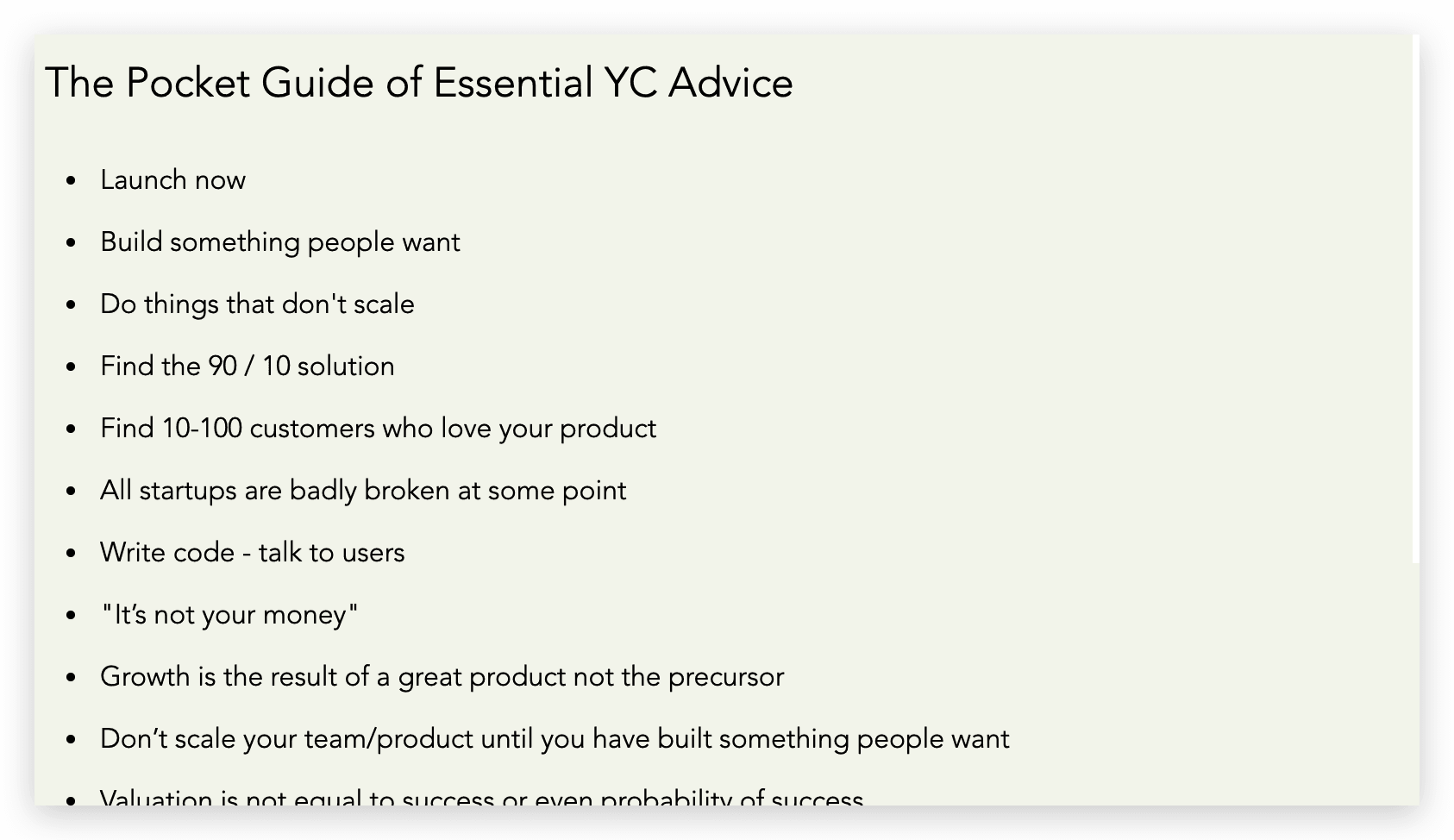
“ All startups are badly broken at some point”
In 2024, we built some amazing things. Quivr went from 25k GitHub stars to 37k. We had more than 50k users on our platform. We created a new open-source project called Megaparse that went viral on GitHub and now has more than 6k GitHub stars.
We went to Y Combinator and raised $1.7M. We hired our initial engineering team with amazing talents.
Technically, what we built was amazing! Our parser, Megaparse, is top-notch! Our RAG is fast and precise. And we built dozens of cool things in the last year. But... our clients were always asking for more, and each of them asked for something different.
For example, one client would ask to be able to search the web, another to ingest ten thousand PDFs and run background analysis to find trends in specific subjects, another wanted to generate graphs based on CSVs... and the list goes on.
To make one client happy, we had to spend time building an algorithm for a use case that only they had. We had to create our own parser to handle tricky files. And the list goes on—we weren’t able to implement one feature for all of our clients. Our team was spread thin, we were overbooked, with huge features to implement.
Morale was also going down. Sales cycles were hard. We would spend hundreds of hours solving a problem for a client and they would still not be happy. Our competitors were moving really fast into our segment too.
We achieved some AMAZING things too—we signed a 7-figure deal!!! To succeed with this deal (which we can't talk about yet), we will have to implement a great open-source multimodal RAG. The great news is that this deal will fuel our pivot and be fueled by our pivot.
“Sometimes you need to fire your customers - they might be killing you”
All of this was amazing, but we weren’t building something that people loved—and that we loved.
Why did we decide to pivot? The reason is simple: we had two clients that used Quivr 20 times more than our other clients, and they were very happy. These clients were using Quivr in Zendesk. We had built a small app for them in two days that allowed them to use Quivr in Zendesk—and they were loving it. The Y Combinator playbook was yelling at us to dive deeper into this use case.
And so we did!
On February 14th, 2025, we decided to pivot! The one dreaded thing startups often need to do! A pivot is supposed to hurt—or it’s not a pivot. So we fired all of our previous customers—these were tough calls—to focus on only one thing: automating customer support!
“Startups can only solve one problem well at any given time”
Once that was done, we decided to move all our resources to building the best customer support tool. It started simple: we took our existing RAG (retrieval-augmented generation) pipeline and adapted it to customer support. What does that mean? Instead of ingesting documents, you ingest highly structured customer tickets. That meant we ditched Megaparse—our other open-source project—for this part (one less thing to do and maintain). We modified the algorithm a bit (you can see it here) and launched the app in less than a week.
We were live in under a week with a GOOD product! Thanks to our hard work over the last year, we were able to ship something with lots of value in a few days. That felt amazing!
“Find 10 customers who love our product”
In the first month of the pivot, we onboarded around 15 customers onto the platform. We set up weekly meetings with each of them and worked tirelessly to make sure they loved the platform. Some churned the same evening, and some were just too small. But by the end of the month, we had a solid base of 10 customers with whom we were working weekly to improve our product.
That gave us real insight into their issues, our ICP (Ideal Customer Profile), and the short feedback loop meant fast iteration.
Ten customers might not seem like a lot, but it was plenty for us. We have customers with thousands of customer tickets per day; others have 50 a day but then 1,000 per day during peak months. Some are in logistics, retail, e-commerce, trip planning, and more…
We purposely chose to remain nimble on our customer base and not to spend too much time proactively searching for new customers. We wanted to make sure these customers loved Quivr before going full speed on this idea.
“Write code - talk to users”
Now that all these users were onboarded, it was time to code and talk to them. The last two months have been crazy.
We did this each week, with each client:
Talking to our customers during our weekly meetings
Implementing their requirements
Each meeting always had:
Antoine — the Product Owner @Quivr
A Tech
A champion ( a power-user of Quivr ) on the customer’s side
This meant that after each meeting, we could quickly identify what we needed to do for the next week and prioritize requirements. Our project management tool now has over 40 client requests, with 30 already implemented. And these were not small features—I can tell you that!
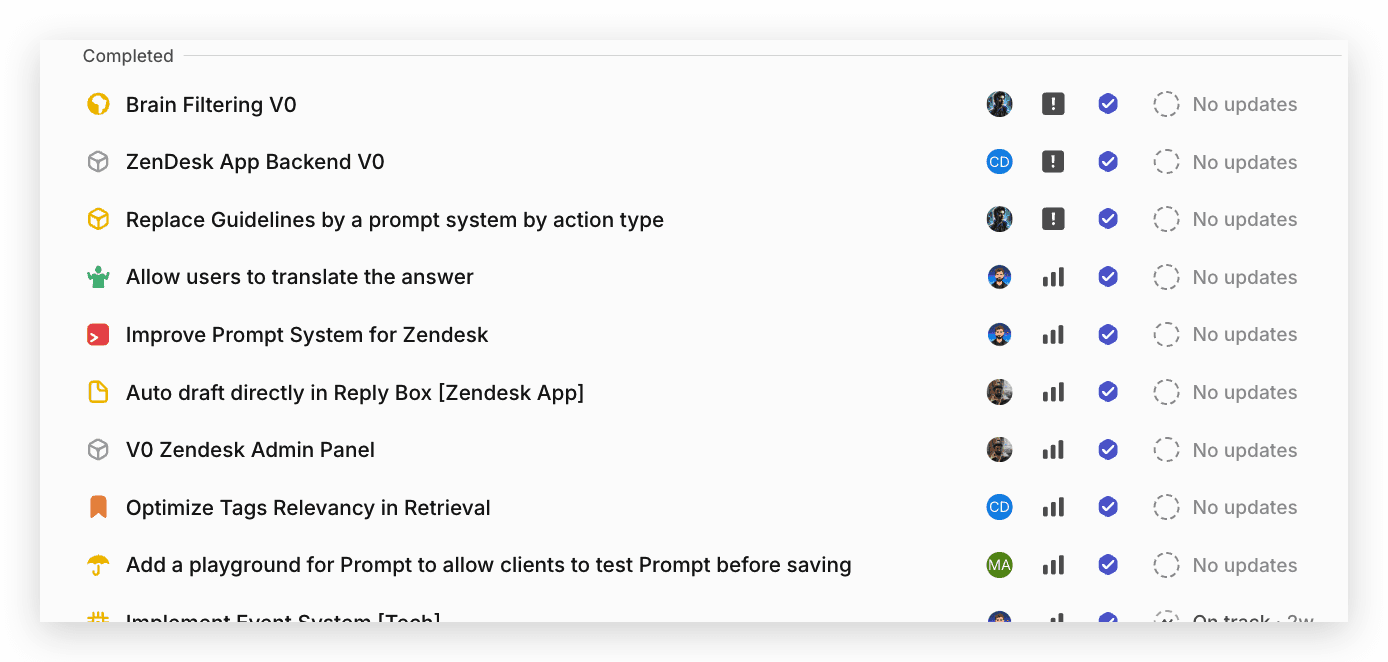
By having this tightly integrated feedback loop, our team became way more efficient. We were able to prioritize quickly. The technical strategies were amazing. And everyone felt like we were shipping like crazy—and we were! We never delivered as much value as we did in those three months. The weekly meetings were incredible, and most of our customers LOVED Quivr. We knew we were onto something.
“Build Something people want”
So what exactly are we doing now?! Yes, I haven’t explained it yet 😉
We answer your customers’ queries automatically.
What does that mean? We connect to your ticketing tool (e.g., Zendesk) and ingest all your previous answers. With all of this knowledge, we build an AI that can respond to your customers. Our AI can even connect to your back office to provide live information.
"Where is my shipment?" → is a question Quivr can automatically answer very efficiently.
The charts below show the adoption of Quivr’s AI assistant after onboarding one of our clients. Adoption seems to be increasing. We’ve analyzed this journey across multiple clients:
They install Quivr and manually generate answers.
They identify which tickets work well.
They tweak their prompt.
They connect Quivr to their back office (via API).
They enable auto-send for every ticket.
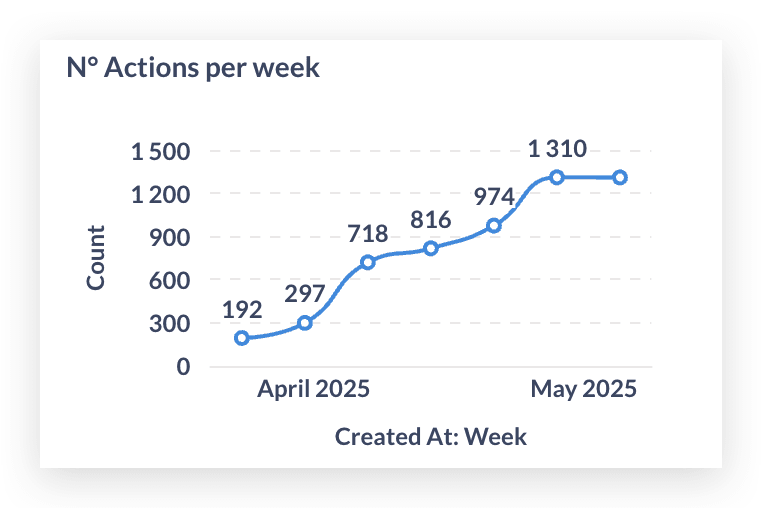
Ok! This is great, but what are we going to do next? what are going to do differently?
“Growth is the result of a great product not the precursor”
Having experienced tremendous growth in the past year, I partly agree and disagree. Growth can also result from virality, hype (like around GenAI), or being accepted into a prestigious incubator. So this time, instead of focusing on growth, we focused on product quality.
We had already started building our own evaluation platform — Le Juge — inspired by Mistral.
Le Juge allows us to evaluate the quality of our answers and improve our algorithm with a strong test suite.
How does Le Juge work ?
We retrieve 1,000 tickets (or more, depending on desired precision).
We generate answers (using our AI).
We score the results based on substance and tone.
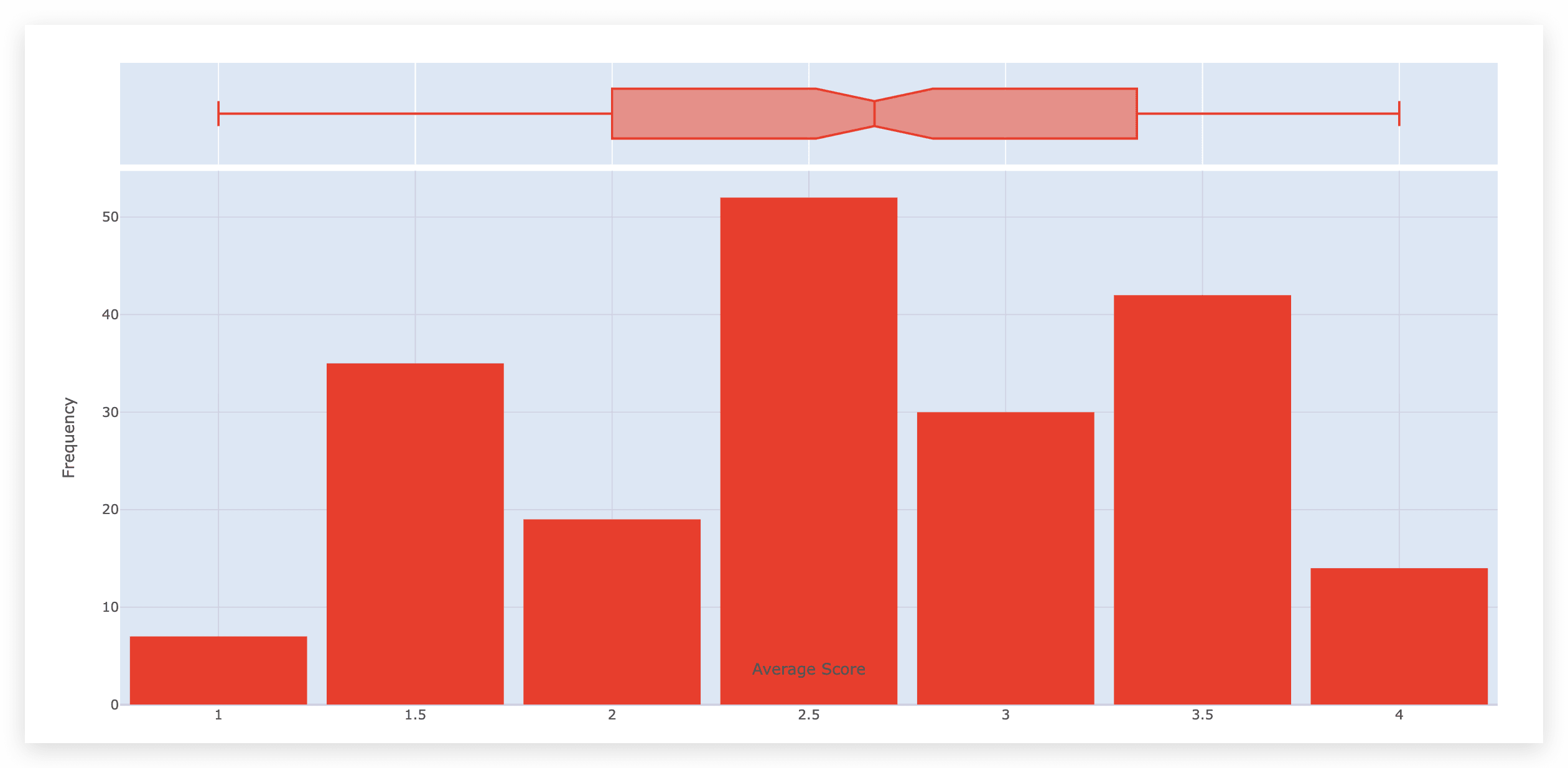
The above graph show the distribution of our answers based on a score. For this client, we defined that a score of 3 or above means it can be auto-sent.
Thanks to Le Juge, we can now confidently deploy improvements to production, knowing they’ll enhance response quality.
Le Juge does much more — more on that in another article.
“Ignore your competitors, you will more likely die of suicide than murder”
So here we are. We pivoted 3 months ago. This article is our way of announcing to the world—and our competitors—that we are entering the customer support space with a clear mission: build the best product for our customers.
We reached 10k MRR in less than 3 months, and we are rapidly expanding.
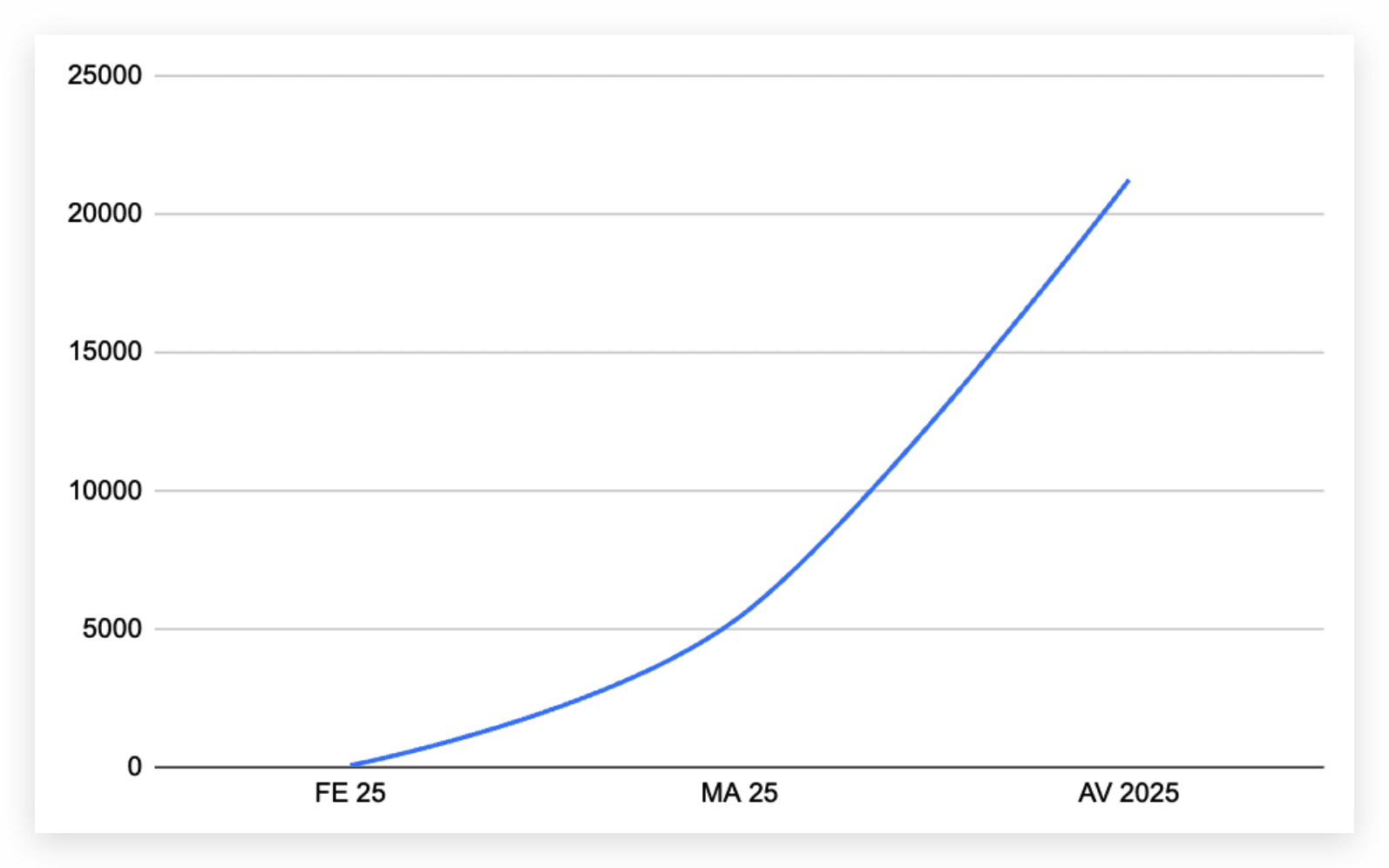
In this short time, our customers have:
Increased CSAT by up to 20.4%
Reduced the size of their customer team by 30% (from 10 to 7)
We see very high adoption rates. One customer even said: "I don’t use anything but Quivr anymore."
The great thing is: If a customer stays past the first month, we see 100% daily usage. Retention is HIGH!
The best part? We integrate seamlessly into our customers’ processes, providing value quickly with minimal disruption. Installing Quivr in under two minutes gives all support agents access to a powerful tool.
Once we are installed, we have implemented an efficient system of user feedback to product feature to technical specification that makes us very efficient in delivering value for our clients.
What makes us different ?! We are dedicated and driven by data thanks to Le Juge. We don’t care about the fancy new things that come out, we only care about it if it improves YOUR customer support.
“Don’t scale your team/product until you have built something people want”
The next 3 months are going to be amazing, we already have a lot of things planned for our customers. The main thing that we will be working on is: increasing the accuracy of our auto-send.
We built a lot of cool things these last 3 months, but the next 3 months are going to be packed with awesome features:
Higher quality auto-send, powered by Le Juge
Anomaly detection (get notified of abnormal ticket activity)
Omni-channel support (connect Quivr to Freshdesk, Gorgias, email, Slack, and more)
And to make it more accessible to a lot more people, we are actively hiring Sales in France - No Remote(French Offer). You can check the Job opening here while it lasts 🙂
If you are interesting in improving and automating your customer support, please feel free to contact us: founders [at] quivr [dot] app
Similar Blogs
News
How We Pivoted Using the YC Playbook
Here is how we tried to apply the Y Combinator Playbook to this pivot, our learnings, and what we want to achieve.
May 14, 2025

On February 14th, 2025, we made the decision to pivot. Yes, you heard it right, we pivoted because we wanted to make something people love — Y Combinator!
Here is how we tried to apply the Y Combinator Playbook to this pivot, our learnings, and what we want to achieve.

“ All startups are badly broken at some point”
In 2024, we built some amazing things. Quivr went from 25k GitHub stars to 37k. We had more than 50k users on our platform. We created a new open-source project called Megaparse that went viral on GitHub and now has more than 6k GitHub stars.
We went to Y Combinator and raised $1.7M. We hired our initial engineering team with amazing talents.
Technically, what we built was amazing! Our parser, Megaparse, is top-notch! Our RAG is fast and precise. And we built dozens of cool things in the last year. But... our clients were always asking for more, and each of them asked for something different.
For example, one client would ask to be able to search the web, another to ingest ten thousand PDFs and run background analysis to find trends in specific subjects, another wanted to generate graphs based on CSVs... and the list goes on.
To make one client happy, we had to spend time building an algorithm for a use case that only they had. We had to create our own parser to handle tricky files. And the list goes on—we weren’t able to implement one feature for all of our clients. Our team was spread thin, we were overbooked, with huge features to implement.
Morale was also going down. Sales cycles were hard. We would spend hundreds of hours solving a problem for a client and they would still not be happy. Our competitors were moving really fast into our segment too.
We achieved some AMAZING things too—we signed a 7-figure deal!!! To succeed with this deal (which we can't talk about yet), we will have to implement a great open-source multimodal RAG. The great news is that this deal will fuel our pivot and be fueled by our pivot.
“Sometimes you need to fire your customers - they might be killing you”
All of this was amazing, but we weren’t building something that people loved—and that we loved.
Why did we decide to pivot? The reason is simple: we had two clients that used Quivr 20 times more than our other clients, and they were very happy. These clients were using Quivr in Zendesk. We had built a small app for them in two days that allowed them to use Quivr in Zendesk—and they were loving it. The Y Combinator playbook was yelling at us to dive deeper into this use case.
And so we did!
On February 14th, 2025, we decided to pivot! The one dreaded thing startups often need to do! A pivot is supposed to hurt—or it’s not a pivot. So we fired all of our previous customers—these were tough calls—to focus on only one thing: automating customer support!
“Startups can only solve one problem well at any given time”
Once that was done, we decided to move all our resources to building the best customer support tool. It started simple: we took our existing RAG (retrieval-augmented generation) pipeline and adapted it to customer support. What does that mean? Instead of ingesting documents, you ingest highly structured customer tickets. That meant we ditched Megaparse—our other open-source project—for this part (one less thing to do and maintain). We modified the algorithm a bit (you can see it here) and launched the app in less than a week.
We were live in under a week with a GOOD product! Thanks to our hard work over the last year, we were able to ship something with lots of value in a few days. That felt amazing!
“Find 10 customers who love our product”
In the first month of the pivot, we onboarded around 15 customers onto the platform. We set up weekly meetings with each of them and worked tirelessly to make sure they loved the platform. Some churned the same evening, and some were just too small. But by the end of the month, we had a solid base of 10 customers with whom we were working weekly to improve our product.
That gave us real insight into their issues, our ICP (Ideal Customer Profile), and the short feedback loop meant fast iteration.
Ten customers might not seem like a lot, but it was plenty for us. We have customers with thousands of customer tickets per day; others have 50 a day but then 1,000 per day during peak months. Some are in logistics, retail, e-commerce, trip planning, and more…
We purposely chose to remain nimble on our customer base and not to spend too much time proactively searching for new customers. We wanted to make sure these customers loved Quivr before going full speed on this idea.
“Write code - talk to users”
Now that all these users were onboarded, it was time to code and talk to them. The last two months have been crazy.
We did this each week, with each client:
Talking to our customers during our weekly meetings
Implementing their requirements
Each meeting always had:
Antoine — the Product Owner @Quivr
A Tech
A champion ( a power-user of Quivr ) on the customer’s side
This meant that after each meeting, we could quickly identify what we needed to do for the next week and prioritize requirements. Our project management tool now has over 40 client requests, with 30 already implemented. And these were not small features—I can tell you that!

By having this tightly integrated feedback loop, our team became way more efficient. We were able to prioritize quickly. The technical strategies were amazing. And everyone felt like we were shipping like crazy—and we were! We never delivered as much value as we did in those three months. The weekly meetings were incredible, and most of our customers LOVED Quivr. We knew we were onto something.
“Build Something people want”
So what exactly are we doing now?! Yes, I haven’t explained it yet 😉
We answer your customers’ queries automatically.
What does that mean? We connect to your ticketing tool (e.g., Zendesk) and ingest all your previous answers. With all of this knowledge, we build an AI that can respond to your customers. Our AI can even connect to your back office to provide live information.
"Where is my shipment?" → is a question Quivr can automatically answer very efficiently.
The charts below show the adoption of Quivr’s AI assistant after onboarding one of our clients. Adoption seems to be increasing. We’ve analyzed this journey across multiple clients:
They install Quivr and manually generate answers.
They identify which tickets work well.
They tweak their prompt.
They connect Quivr to their back office (via API).
They enable auto-send for every ticket.

Ok! This is great, but what are we going to do next? what are going to do differently?
“Growth is the result of a great product not the precursor”
Having experienced tremendous growth in the past year, I partly agree and disagree. Growth can also result from virality, hype (like around GenAI), or being accepted into a prestigious incubator. So this time, instead of focusing on growth, we focused on product quality.
We had already started building our own evaluation platform — Le Juge — inspired by Mistral.
Le Juge allows us to evaluate the quality of our answers and improve our algorithm with a strong test suite.
How does Le Juge work ?
We retrieve 1,000 tickets (or more, depending on desired precision).
We generate answers (using our AI).
We score the results based on substance and tone.

The above graph show the distribution of our answers based on a score. For this client, we defined that a score of 3 or above means it can be auto-sent.
Thanks to Le Juge, we can now confidently deploy improvements to production, knowing they’ll enhance response quality.
Le Juge does much more — more on that in another article.
“Ignore your competitors, you will more likely die of suicide than murder”
So here we are. We pivoted 3 months ago. This article is our way of announcing to the world—and our competitors—that we are entering the customer support space with a clear mission: build the best product for our customers.
We reached 10k MRR in less than 3 months, and we are rapidly expanding.

In this short time, our customers have:
Increased CSAT by up to 20.4%
Reduced the size of their customer team by 30% (from 10 to 7)
We see very high adoption rates. One customer even said: "I don’t use anything but Quivr anymore."
The great thing is: If a customer stays past the first month, we see 100% daily usage. Retention is HIGH!
The best part? We integrate seamlessly into our customers’ processes, providing value quickly with minimal disruption. Installing Quivr in under two minutes gives all support agents access to a powerful tool.
Once we are installed, we have implemented an efficient system of user feedback to product feature to technical specification that makes us very efficient in delivering value for our clients.
What makes us different ?! We are dedicated and driven by data thanks to Le Juge. We don’t care about the fancy new things that come out, we only care about it if it improves YOUR customer support.
“Don’t scale your team/product until you have built something people want”
The next 3 months are going to be amazing, we already have a lot of things planned for our customers. The main thing that we will be working on is: increasing the accuracy of our auto-send.
We built a lot of cool things these last 3 months, but the next 3 months are going to be packed with awesome features:
Higher quality auto-send, powered by Le Juge
Anomaly detection (get notified of abnormal ticket activity)
Omni-channel support (connect Quivr to Freshdesk, Gorgias, email, Slack, and more)
And to make it more accessible to a lot more people, we are actively hiring Sales in France - No Remote(French Offer). You can check the Job opening here while it lasts 🙂
If you are interesting in improving and automating your customer support, please feel free to contact us: founders [at] quivr [dot] app



